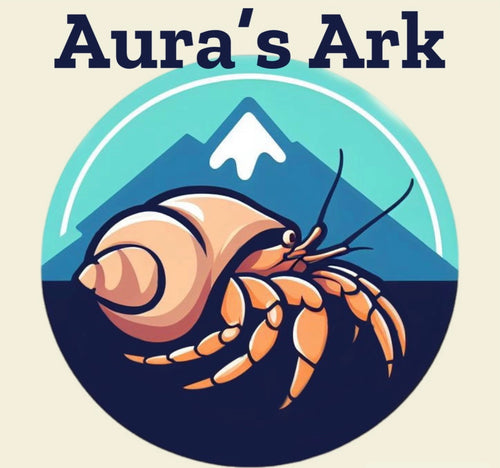There is no one method that can be considered as suitable for the euthanasia of all types of aquarium fish as they vary greatly in size and their adaptation to different environments. In addition, the scientific research that assesses the humaneness of different methods of killing fish is very limited, so it is hard to know exactly how humane some methods are.
Aquarium fish can be safely and humanely euthanized by administering an overdose of anesthetic dissolved in water.
This method is especially appropriate for large fish that are difficult to handle but needs to be carried out by a veterinarian as the recommended anesthetics are not available to the general public.
The American Veterinary Medical Association (AVMA) recognizes the use of tricaine methanesulfonate, commonly referred to as TMS or MS-222
TMS is a white, powdered muscle relaxant that is mixed directly into the water. The AVMA suggests that larger fish be flushed on the undersides of the gills with TMS. TMS is acidic and needs to be buffered with sodium bicarbonate (baking soda) in the aquarium to maintain a neutral pH level. Without being buffered, the acidity of the compound can burn the fish and cause unnecessary distress. TMS can be purchased as is or as part of a product specifically made for fish euthanasia.
Clove oil is a sedative which at high doses, can be used to euthanize *small* fish. Unlike veterinary anaesthetics, clove oil is readily available from most stores. Around 400 mg of clove oil per litre of aquarium water is sufficient to cause death in exposed fish.
I say 400mg per liter here; this ends up being approx 10 drops per liter (4 cups) Or 2.5 drops per cup
If you have the small fish in 2 cups of water to start, add clove oil mix for 3 cups into one cup of water.
The clove oil should be mixed with a little warm water first before adding it to the water and fish slowly. Do not add all at once as fish get excited - add the clove oil mix over a 5 minute period.
When exposed to clove oil at this concentration fish quickly lose consciousness, stop breathing and die from hypoxia. Please note that the concentration of the solution must be
appropriate and the fish must remain in the solution for at least 10 minutes
For aquarium fish, as with other fish, physical methods are humane when carried out quickly and correctly; stunning and decapitation followed by rapid destruction of the brain by pithing. However there can be considerable stress imposed by prior handling and many people are uncomfortable with using these methods. It is not recommended that you attempt physical methods without prior training as hesitation or lack of skill and experience will lead to a poor outcome for the fish.
Whatever method is used, it is essential to ensure that the fish is dead before disposal. A fish can be considered to be dead ten minutes after the last sign of gill movement.
There are many methods of fish euthanasia that are not considered to be humane and must not be used. These include flushing fish down the toilet, immersion in ice or placing in the freezer, boiling, decapitation without stunning or pithing, or suffocation. Freezing has been shown not to induce loss of consciousness, so it may still cause distress to the animal. Carbon dioxide in water causes acidity in the water, and has been banned as a method of euthanasia in aquaculture in most countries because of the negative impact it has on fish welfare.
Based on the recognized methods of fish euthanasia, the simplest and most effective method is the use of TMS or another.
Decapitation and pithing is cost-effective and humane, but potentially a more challenging, method.
